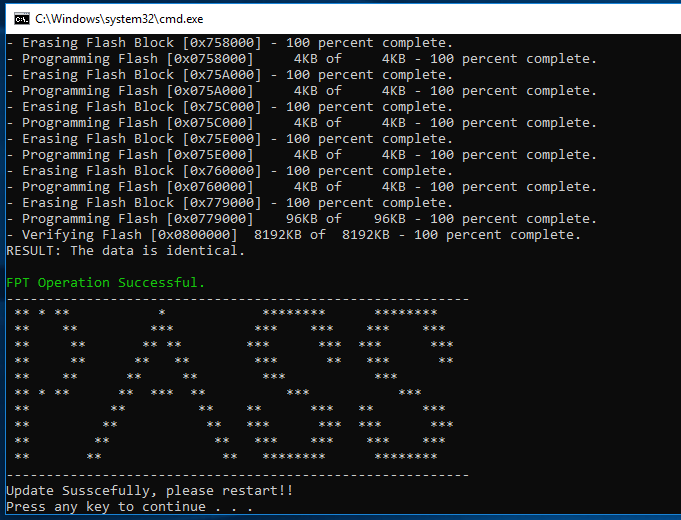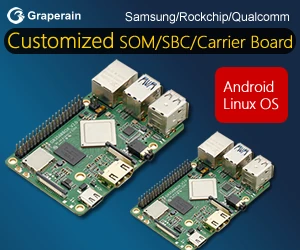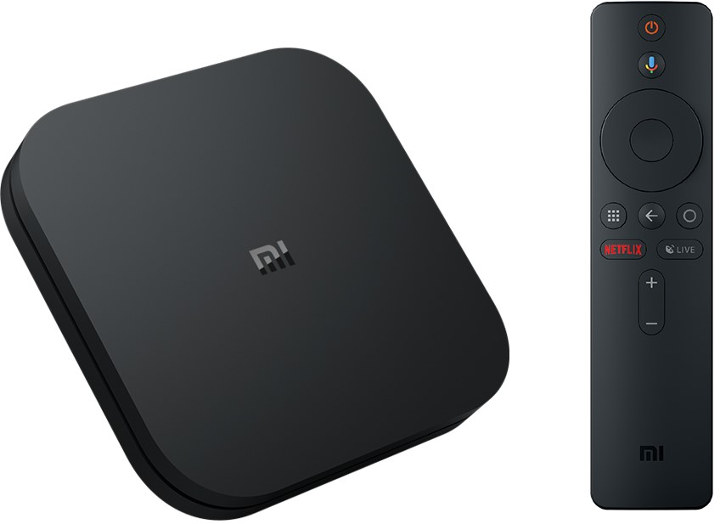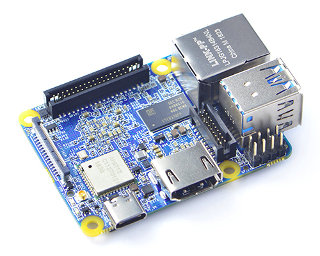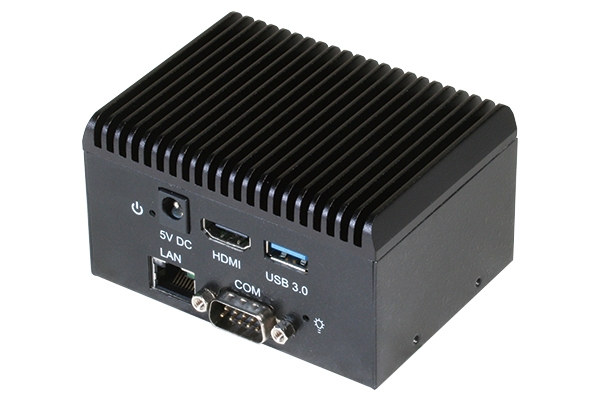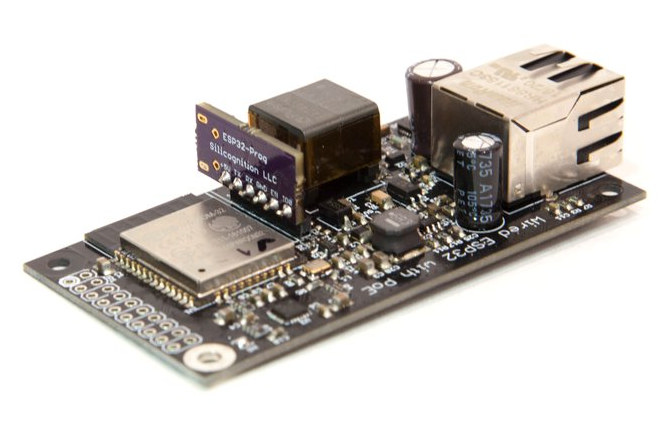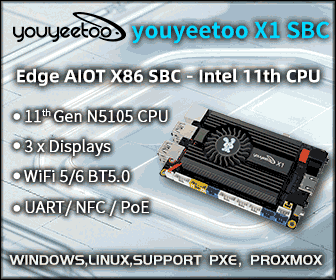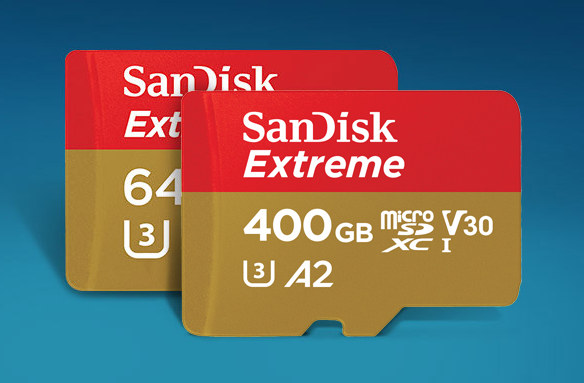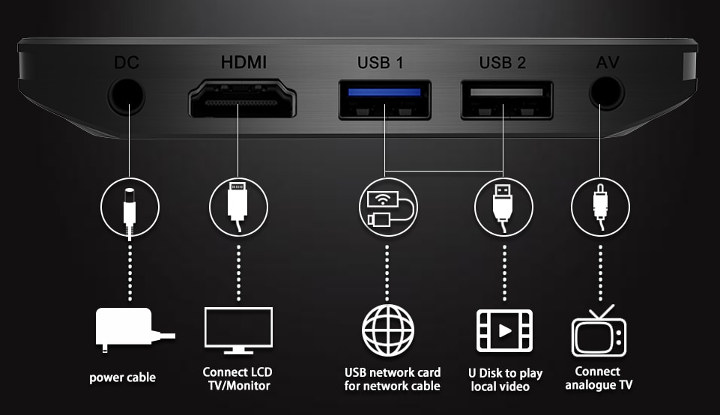When I reviewed the Beelink X55 earlier, I encountered poor graphics performance when testing the device with its ‘Out-Of-The-Box’ configuration. As a quick reminder the Beelink X55 is a NUC-style mini PC powered with an Intel Pentium Silver J5005 processor and comes with a 128GB mSATA SSD with pre-installed Windows 10 Home together with 8GB DDR4 RAM (soldered and is non-expandable) and space plus a connector for an SSD. In an attempt to address the poor graphics performance I reinstalled Windows using Microsoft’s ISO however I then found I had missing drivers: Having contacted Beelink through the support email enclosed with the device they replied with a link to a full driver pack. So having downloaded and unzipped the file I updated the first driver: followed by the second: resulting in additional entries to the Intel Dynamic Platform and Thermal Framework (DPTF). Having fixed the driver issue I then reran […]
Google Launches Pixel 3 & Pixel 3 XL Smartphones for $799 and Up
Google just hosted a Made by Google hardware event, where they announced several products, and it’s always interesting to check out what they come up with. In this post, I’ll check out Pixel 3 and Pixel 3 XL premium smartphone from the company, and see if they implemented any significant “innovations”. Google Pixel 3 and Pixel 3 XL specifications: SoC – Qualcomm Snapdragon 845 octa-core processor with 4x Gold cores (Cortex A75 based) @ up to 2.50 GHz, 4x Silver cores (Cortex-A55 based) up to 1.60 GHz, Adreno 630 GPU, Pixel Visual Core, and Titan security chip System Memory – 4GB LPDDR4x Storage – 64GB or 128GB UFS storage Display Pixel 3 – 5.5″ FHD+ (2160×1080) flexible? always-on OLED display with Corning Gorilla Glass 5 Pixel 3 XL – 6.3″ QHD+ (2960 x 1440) always-on OLED display with Corning Gorilla Glass 5 Cameras Rear camera – 12.2MP dual-pixel camera with […]
Xiaomi Mi Box S 4K Ultra HD Android TV Set-top Box Launched for $59.99
Xiaomi Mi Box (US/International) was so far the most affordable solution if you wanted a full Android TV experience, and the box is part of our best TV boxes list for under $100. But the company has now introduced Xiaomi Mi Box S with a design very similar to Xiaomi Mi Box 4 sold in China, but running Android 8.1 TV geared towards the US market instead of Android plus a Chinese user interface. Xiaomi Mi Box S specifications: SoC – Amlogic S905X quad core ARM Cortex-A53 @ up to 1.5GHz with penta-core Mali-450MP GPU System Memory – 2GB DDR3 Storage – 8GB eMMC flash Video Output – HDMI 2.0a up to 4K @ 60 Hz with HDR support Audio – 3.5mm audio jack, Dolby Audio and DTS support Video Codecs – 4K H.265 @ 60 fps, 4K VP9, 4K H.264 up to 30 fps, MPEG1/2/, VC1, DivX 4/5 up […]
NanoPi NEO4 is the Cheapest & Smallest RK3399 Board So Far
As you should be well aware the RK3399 SBC market is quite crowded these days, and FriendlyELEC had already released two Rockchip RK3399 boards with NanoPC-T4, and NanoPi M4 boards. But the company has now announced another board – as expected – with NanoPi NEO4, the smallest and cheapest RK3399 board on the market at this point. NanoPi NEO4 board specifications: SoC – Rockchip RK3399 big.LITTLE hexa-core processor with 2x Arm Cortex-A72 @ up to 2.0GHz, 4x Cortex-A53 @ up to 1.5GHz, a Mali-T864 GPU with support OpenGL ES1.1/2.0/3.0/3.1, OpenVG1.1, OpenCL, DX11, and AFBC, and a VPU with 4K VP9 and 4K 10-bit H265/H264 decoding System Memory – 1GB DDR3-1866 Storage – eMMC module socket, micro SD card slot Video & Audio Output – HDMI 2.0a up to 4K @ 60 Hz with HDCP 1.4/2.2 support Camera – 1x 4-lane MIPI-CSI connector for camera up to 13MP Connectivity – Gigabit […]
AAEON UPC-GWS01 is Tiny IoT Gateway Powered by UP Core Board
AAEON’s UP Core is an affordable and compact Intel Atom x5-Z8350 based board that was launched last year on Kickstarter for 69 Euros and up. The company has now integrated the board into at least one of their product with UPC-GWS01, a tiny IoT gateway with WiFi and Bluetooth connectivity, as well as support for optional 3G/4G LTE connectivity via a mini PCIe slot. A carrier board for UP Core also added Ethernet and a DB9 serial port to the setup. AAEON UPC-GWS01 specifications: SoC – Intel Atom x5-Z8350 quad core Cherry Trail processor with Intel HD 400 graphics System Memory – 1GB/ 2GB/ 4GB onboard DDR3L-1600 Storage – 16GB/32GB/64GB eMMC Video and Audio Output – 1x HDMI port Connectivity Gigabit Ethernet via Realtek 8111G WIFI 802.11 b/g/n @ 2.4 GHz (WiFi 4) and Bluetooth 4.0 Optional 3G/4G cellular connectivity via mPCIe socket USB – 1x USB 3.0 host port […]
wESP32 ESP32 Board Supports “Isolated” PoE (Crowdfunding)
Olimex introduced their ESP32-POE board a few months ago, and started selling it for 17.50 Euros last month, but it’s always good to have more options and Silicongnition has designed another ESP32 board with power over Ethernet named wESP32. wESP32 board specifications: Wireless Module – Espressif Systems ESP32-WROOM-32 module with WiFi 802.11n (WiFi 4) and Bluetooth 4.2 LE connectivity Connectivity 10/100M Ethernet (RJ45) with auto-MDIX allowing the use of both straight and cross-over Ethernet cables Wi-Fi 802.11 b/g/n and Bluetooth v4.2 BR/EDR (via ESP32 module ) Expansion – Unpopulated 20-pin header with 3.3 V, V+ power, and 15 of the ESP32 GPIOs Power Supply Default 12 V output setting for V+ provides 12.95+ W of power Optional (bridge solder jumper) 5 V output setting for V+ provides 5 W of power IEEE 802.3at Type 1 Class 0 compliant PoE 3.3 V output with up to 6 W of power (taken […]
The First Class A2 Micro SD Cards Launched for $30 and Up
Last year, the SD association introduced Class A2 application performance class for SD cards designed for optimal performance when running an OS or programs from the cards thanks to fast read and write random I/O, specifically 400O IOPS minimum for read operations, 2000 IOPS minimum for write operations. Since Class A2 was announced about 18 months ago, I simply assumed Class A2 SD cards were already available, but to my surprise I was wrong, as according to AnandTech, Sandisk Extreme micro SD cards are the first of the kind soon-to-be available commercially. Sandisk Extreme micro SD card specification: Capacity – 64GB, 128GB, 256GB, or 400GB Interface – UHS-I Sequential Speeds – Read: Up to 160 MB/s; Write: Up to 90MB/s (128GB to 400GB), up to 70MB/s (64GB) Random Speeds – Read: >= 4000 IOPS; Write: >=2000 IOPS SDA Labels – C10, U3, V30, A2 Temperature Range – -25 to 80°C […]
A95X Plus TV Box Features Amlogic S905Y2 Processor
Amlogic showcased three reference platforms based on new processors namely S905Y2, S905X2, and S922X at ICB 2018. Let’s forget about the more powerful S922X processor for now since it should be released a bit latter, but S905Y2 was integrated into a HDMI stick reference design, while S905X2 was found in a TV box reference design. We’ve also covered an Amlogic S905X2 TV box with X96 MAX model, but today I came across a model based on Amlogic S905Y2 processor instead. Meet A95X Plus.A95X Plus TV box specifications: SoC – Amlogic S905Y2 quad core ARM Cortex-A53 @ up to 1.8 GHz (TBC) with Mali-G31 MP2 “Dvalin” GPU System Memory – 4GB LPDDR4 Storage – 32GB flash, micro SD card slot (but not visible on any of the photos) Video & Audio Output – HDMI 2.0a output with HDR, AV port (composite) Video Codecs – VP9 Profile-2 up to 4K 60fps, 10-bit […]


